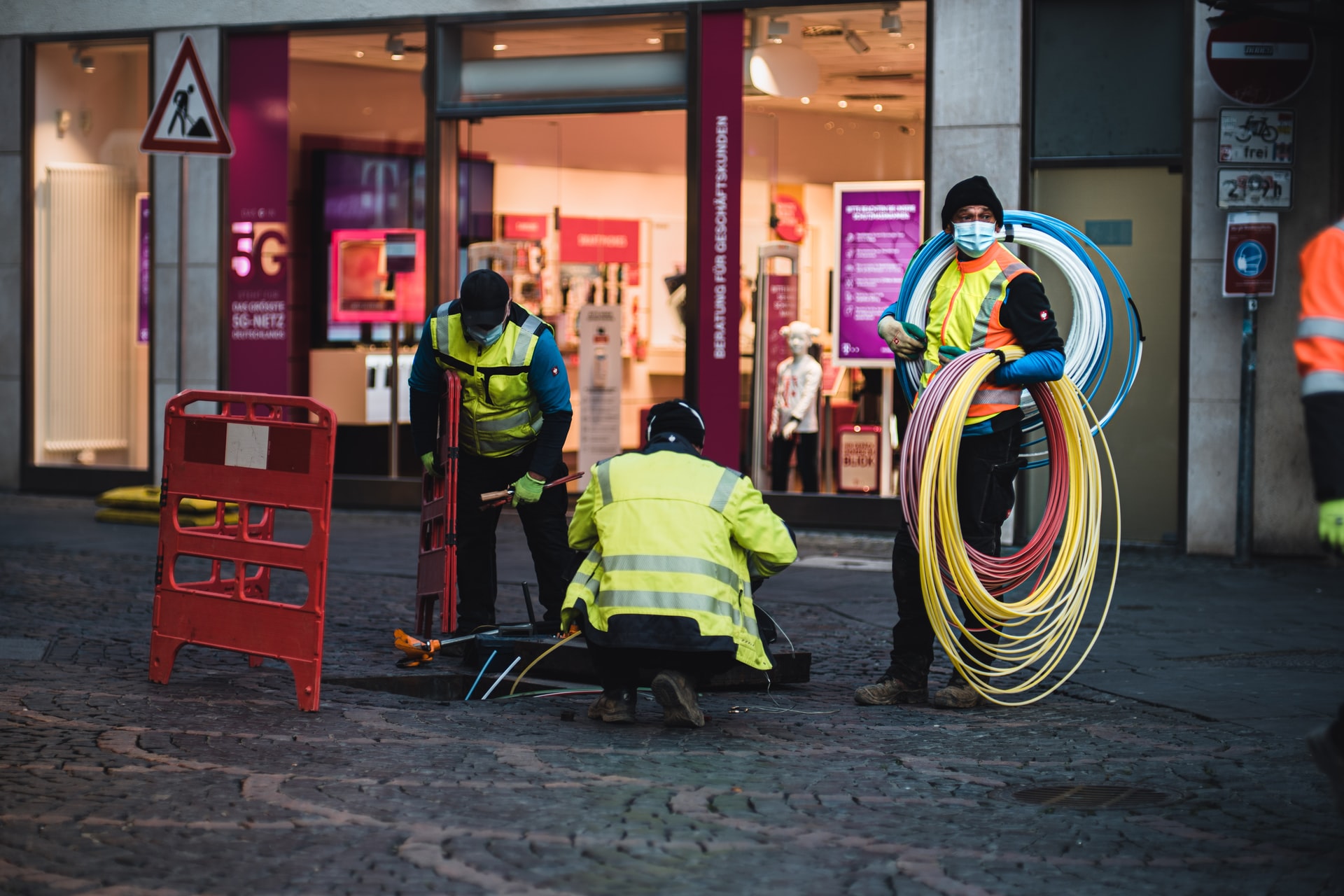The federal government will pour another $130.1 million into its digital economy strategy over the next four years, including $30 million to continue the centralisation of networks through cyber hubs.
The new funding will build on the $1.2 billion provided in last year’s budget in a bid to help make Australia a top ten data and digital economy by 2030.
Almost half of the funding to date has flowed towards the redevelopment of the myGov government services portal – which has been ongoing since early 2020 – and My Health Record.
In the 2022-23 budget, the government provided $30.2 million to extend its cyber hubs pilot, which began in July to reduce the number of networks and focus investment.
The pilot initially involved the Department of Defence, Department of Home Affairs and Services Australia, but will now also include the Australian Taxation Office.
The Digital Transformation Agency had already indicated the pilot could be expanded from July 2022, having looked to the market in November to assess its ability to support such a model.
The Australian Signals Directorate has also stopped certifying secure internet gateway services, though all existing gateway providers will remain certified until July 2022.
“The pilot hardens the protection of Commonwealth-held information, including data on citizens and other government clients,”
budget documents state.
“The hubs strengthen cyber monitoring, detection and response capability across government.”
In addition to cyber hubs funding, the government will also provide $38.4 million over three years to implement the government’s response to the consumer data right (CDR) inquiry.
A further $12.6 million each year will then be provided from 2025-26, bringing total funding for the CDR under the strategy to more than $160 million since 2021-22.
The CDR regime has grown rapidly since it was applied to the financial services sector in 2020, with the government now looking to expand the scheme to the telecommunications sector.
The government is also planning to develop a Digital Age Policy over the next two years using $6.2 million in funding that will also be used to “position Australia as a world leader in regulating the digital economy”.
Other initiatives include:
- $18.6 million over four years (and $3.2 million per year over the forward estimates) to “shape global critical and emerging technology standards”
- $13.6 million over four years to “continue the Office of Future Transport Technology and support the digitisation of the transport sector”
- $4.8 million to continue the Digital Technology Taskforce for a further two years
- $3.9 million over two years to “support women to pursue career opportunities in Australia’s growing tech workforce”
- $1.8 million for the DTA to further support the development of the digital identity system, including “funding arrangements” associated with the digital identity legislation
- An undisclosed amount of funding for the Department of Industry, Science, Energy and Resources to invest in Australia’s quantum computing industry
Source:






Comments